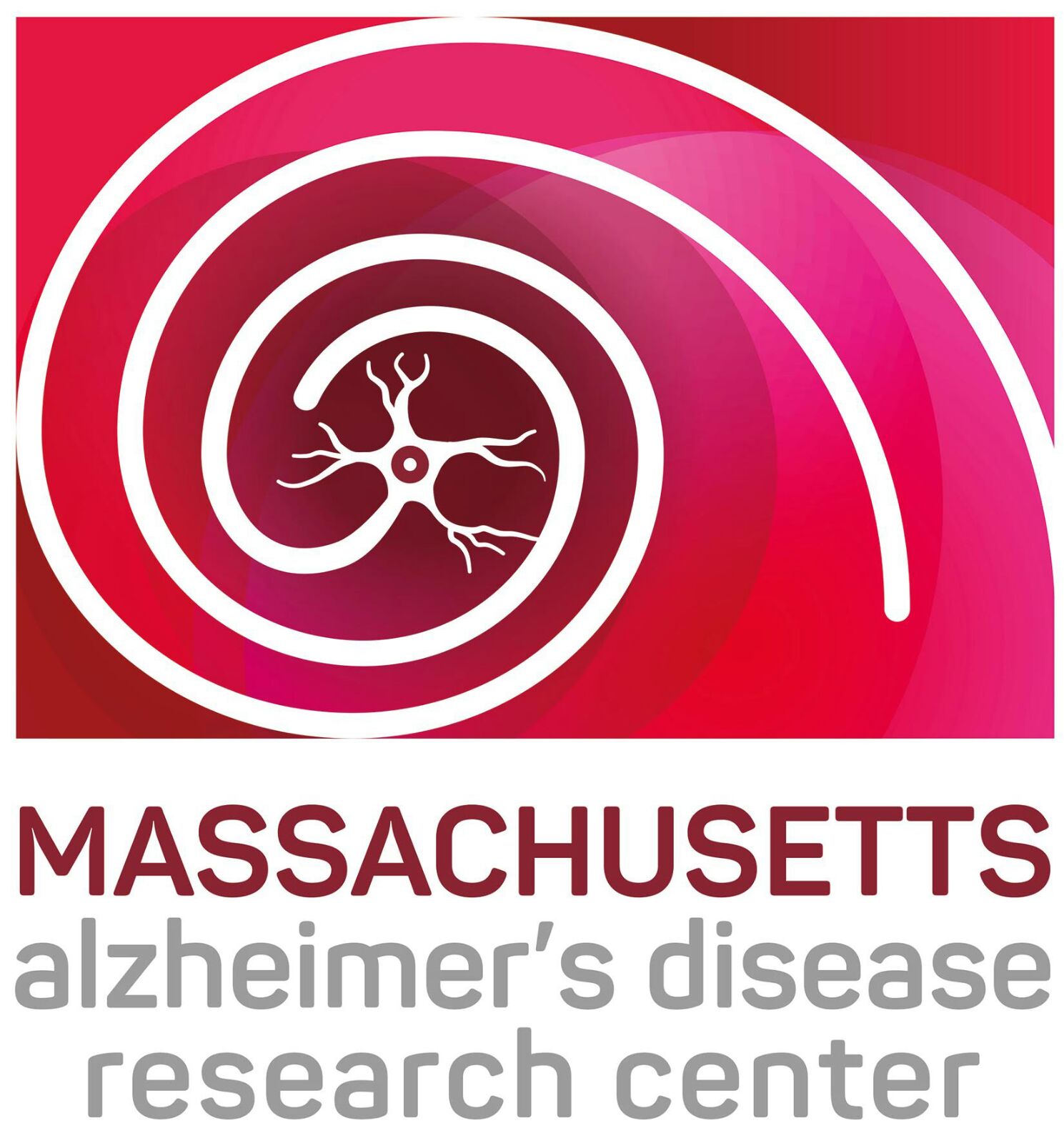Advancements in treatment for heart disease, stroke and cancer can be traced back to the use of imaging technologies that enable doctors and researchers to visualize the impact and progression of these diseases inside the body.
Just a decade ago, we had no way of seeing or measuring the hallmark amyloid brain plaques of Alzheimer’s disease dementia in living people. Now there is brain imaging that makes this possible. Known as amyloid PET scanning, this technology helped establish the widely held view that Alzheimer’s may begin up to 20 years before problems with memory and thinking are noticeable.
This progress would not have been possible without innovative and strategic collaborations to build research infrastructure and overcome obstacles to advancing critical studies. A clear example of this is the landmark Alzheimer’s Disease Neuroimaging Initiative (ADNI).
ADNI launched in 2004 to identify and understand markers of Alzheimer’s in body fluids and brain tissue. Now more than 1,000 participants at 57 locations across the U.S. and Canada are enrolled in it. Led by the U.S. National Institutes of Health (NIH) with private sector support coordinated by the Foundation for the NIH, ADNI unites federal agencies, academia, industry, and nonprofit organizations (including the Alzheimer’s Association) to make large-scale research possible. Importantly, there are no intellectual property or other limitations placed on data and samples generated through the initiative.
www.rdmag.com/article/2017/09/partnerships-pave-road-effective-alzheimer…
